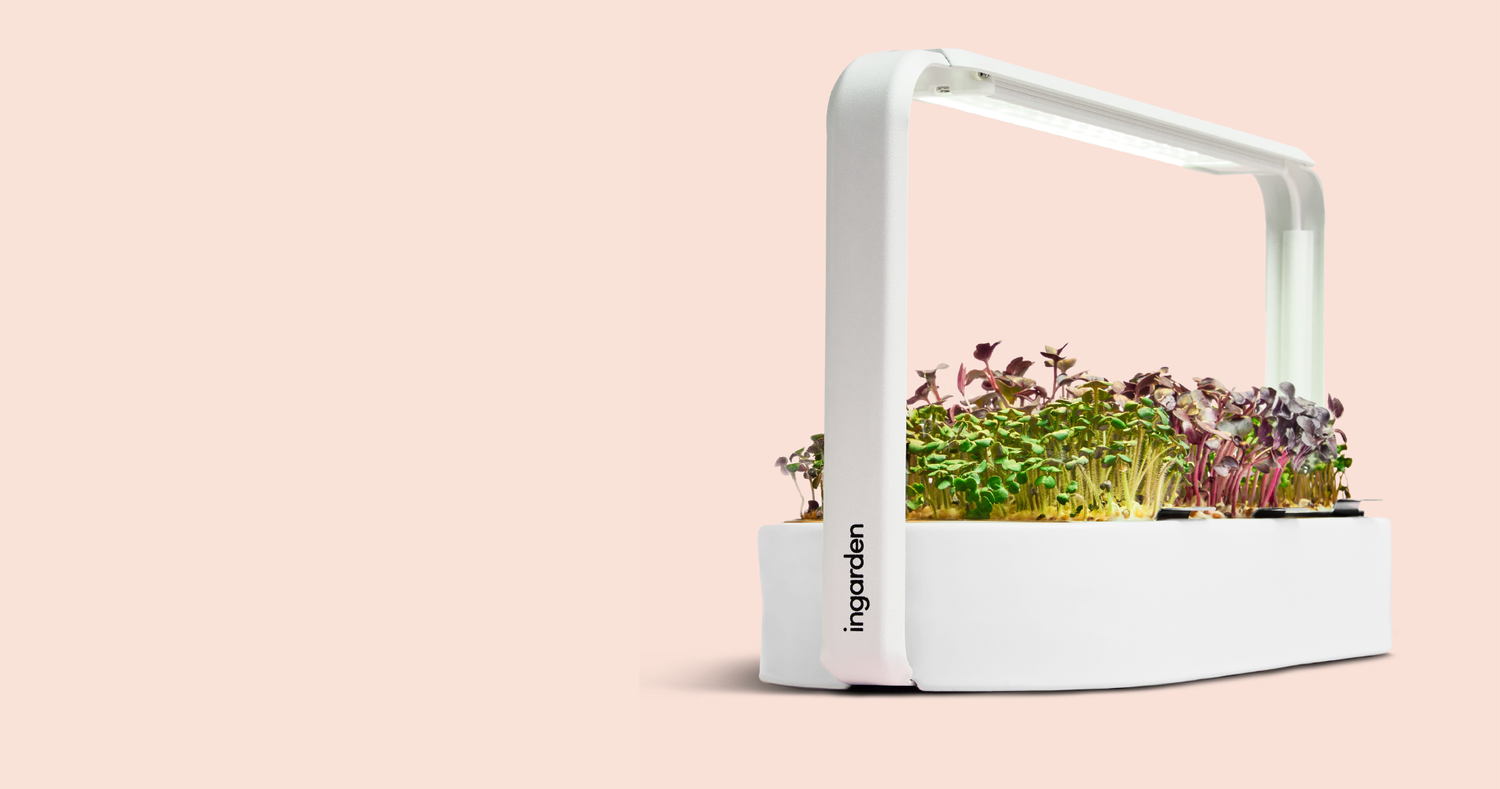
Our warehouse is completely sold out 🤯
Our US warehouse is emptier than your ingarden after 7 days. We're working hard to restock as fast as possible.
Sign up and be the first to know when we are back.
PS: Based in EU? Visit our German Store: https://ingarden.de/